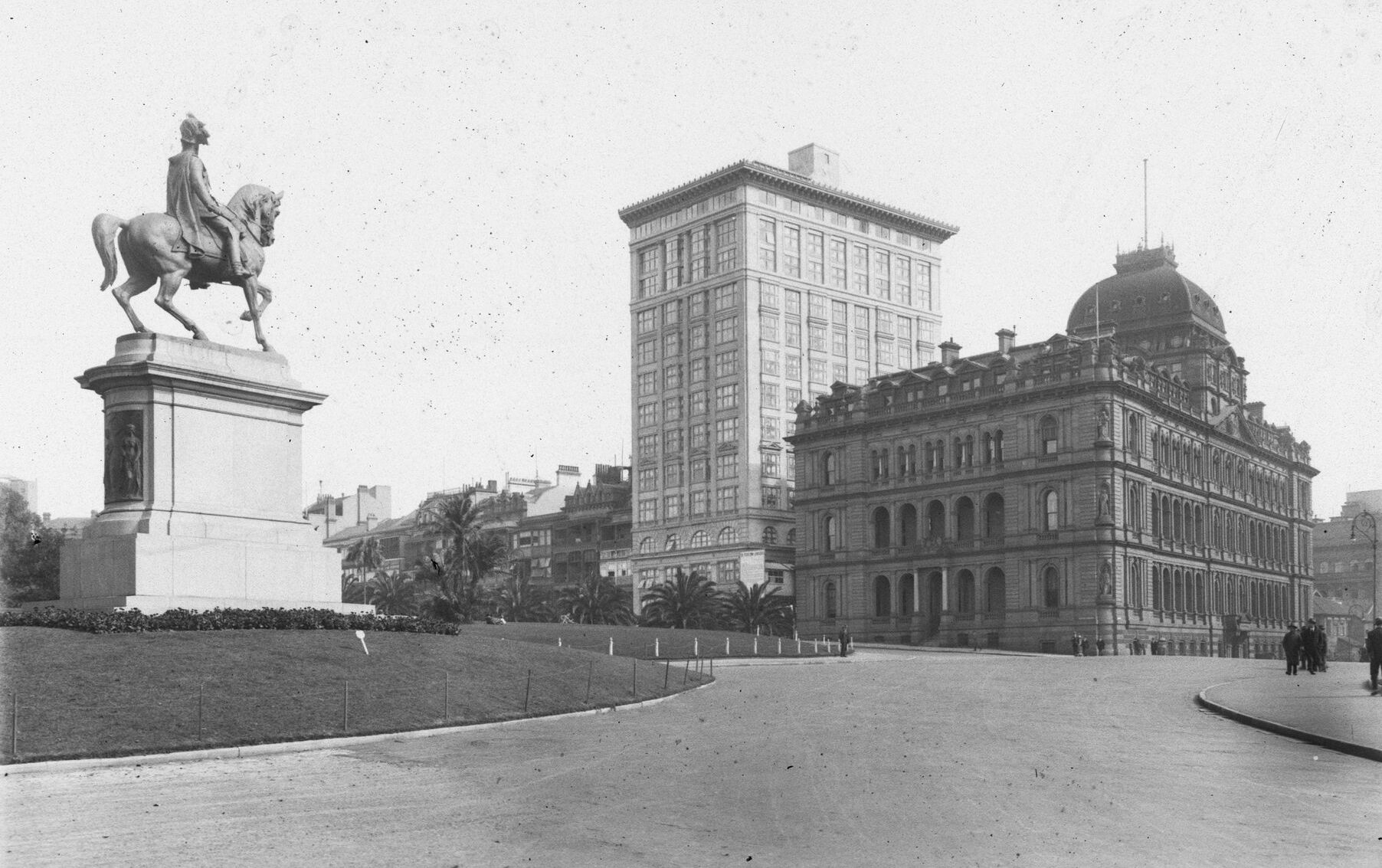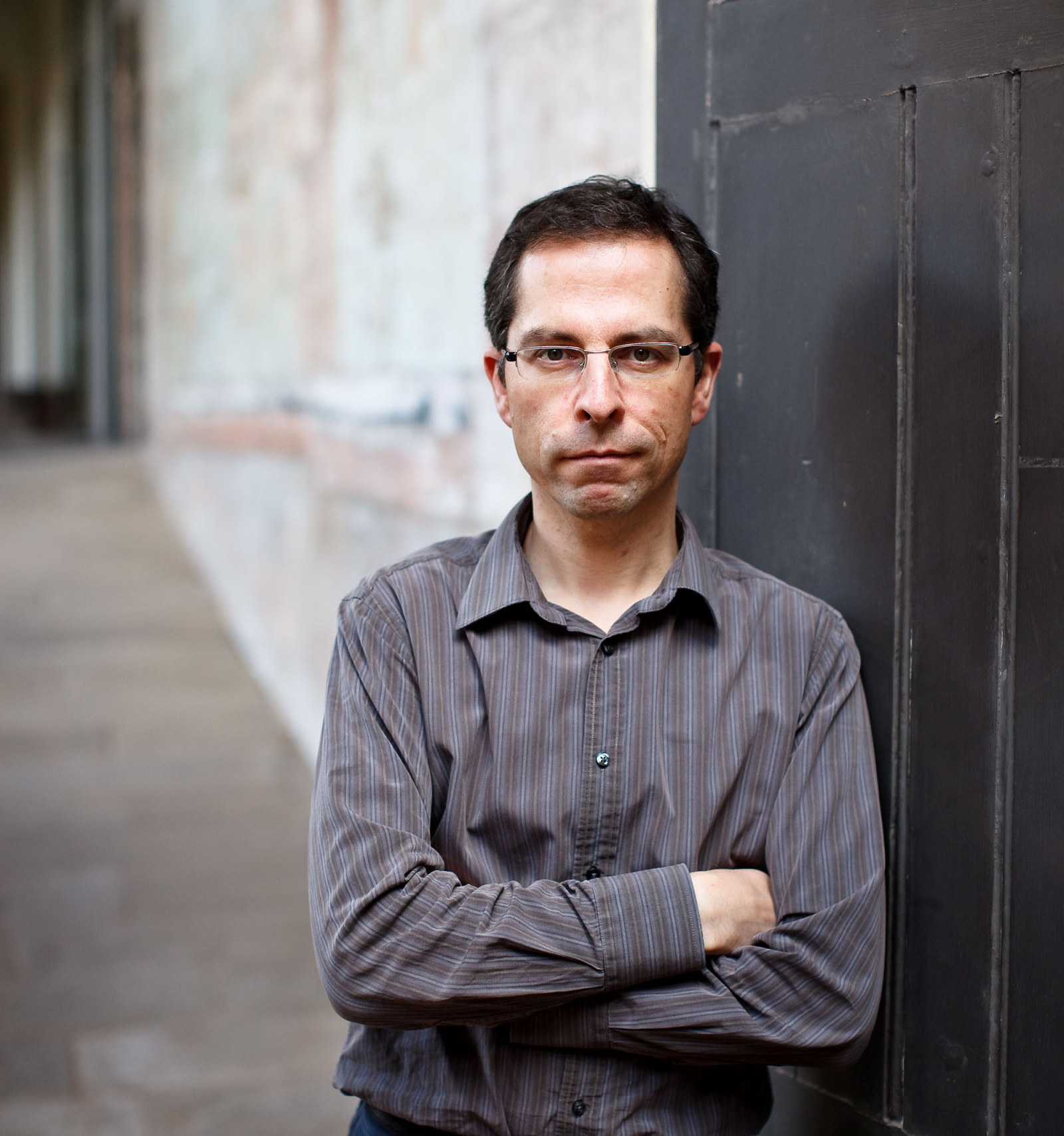Decorative architectural glass: 'figured rolled' samples
Figured rolled glass is a type of 'obscured', commercially produced sheet glass which is smooth on one side and has a figured or patterned surface on the other.
It was a decorative addition to public buildings and private homes in the 19th and 20th centuries, used in windows, external and internal doors. Its translucent quality added a practical dimension, admitting light while maintaining privacy. The first type of figured rolled glass, known as 'cathedral' glass, was patented in 1847 by Englishman James Hartley but by the late 19th century, many additional patterns had been added.
A collection of 68 figures rolled glass samples, part of the Caroline Simpson Library & Research Collection, include a number of different designs, many with their own identifying names: muffled, cathedral, flannel flower, Japanese, arctic, pattern 'G', pattern 'B', cats eye, grapene, maximum daylight glass and ground opal. Two English makers, Chance Bros and Pilkington Brothers, were the main producers of figured rolled glass at the beginning of the 20th century and so are almost certainly responsible for the production of these samples. Local manufacture of figured rolled glass began did not begin until 1931 and was then carried out by a Sydney company, Australian Window Glass.
The Sydney distributor's name, James Sandy & Co Ltd, is printed on a paper label on some of the samples. The date of issue of these samples was probably between 1909 and 1914 based on the distributor's name & address details. In the late 19th and early 20th centuries, James Sandy & Co specialised in the fitting out and painted decoration of public and private interiors. The company also sold a range of building products including various types of architectural and building glass.
Published on
Related

The Wasmuth Portfolio
Frank Lloyd Wright’s Wasmuth Portfolio, is regarded as one of the most influential architectural treatises of the 20th century

The Astor, 1923–2023
Upon completion in 1923, The Astor in Sydney's Macquarie Stree twas the largest reinforced concrete building in Australia, the tallest residential block, and this country’s first company title residences

City of Gods, my early experience and toy boat
Inspired by a watercolour of the ruins of the temple of Vishnu, refugee curator in residence Jagath Dheerasekara writes about Devinuvara as a site of pilgrimage, colonisation and uprising

